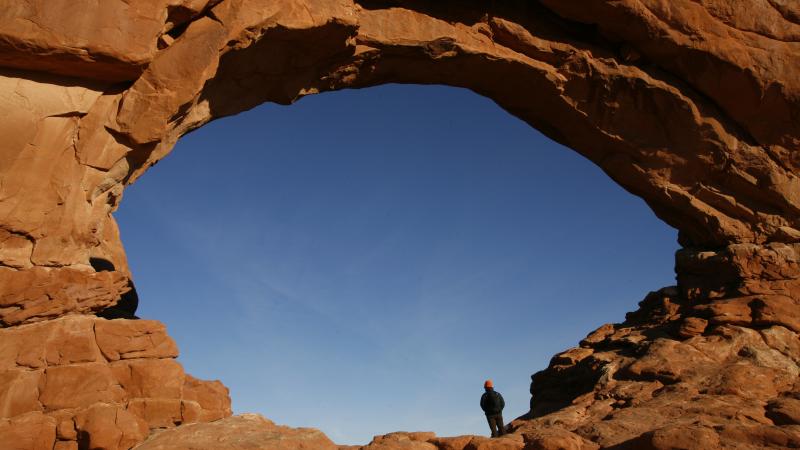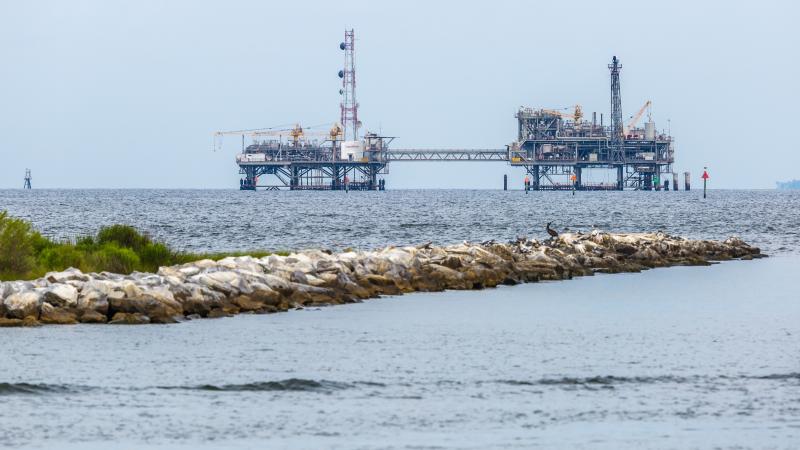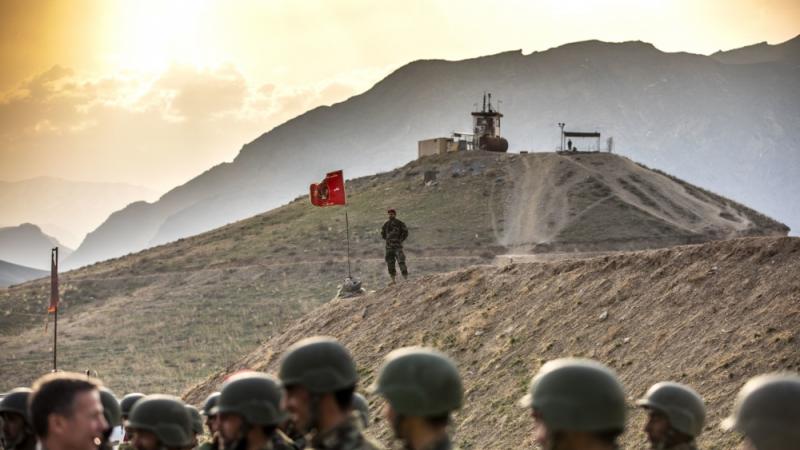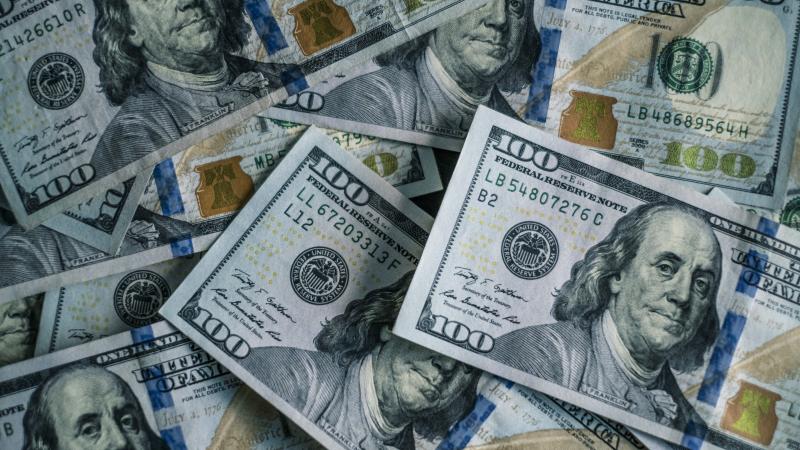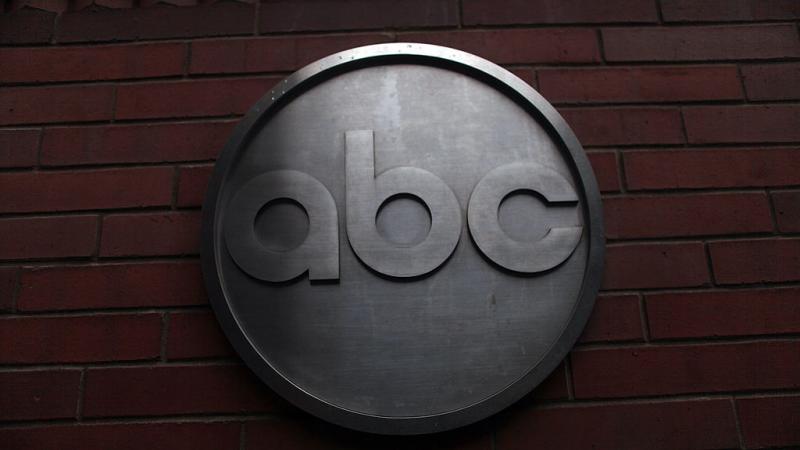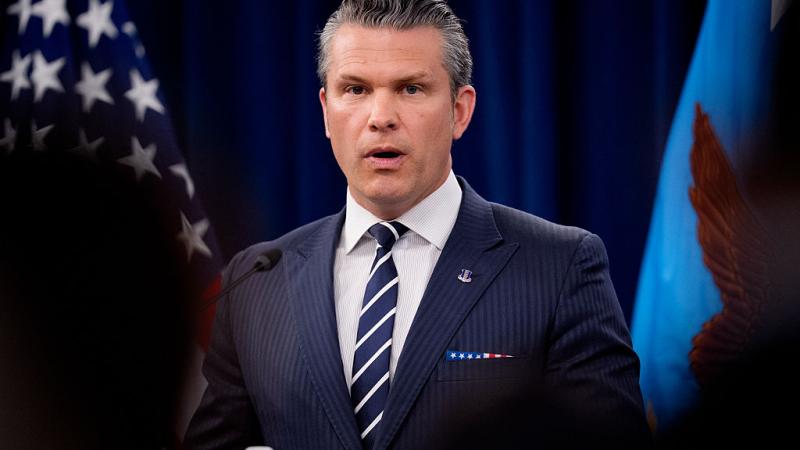Biden drained the nation’s energy stockpiles, but ‘Big Beautiful Bill’ allocation won’t refill it
The Big Beautiful Bill allocated $171 million for petroleum acquisitions toward refilling the Strategic Petroleum Reserve, which will only buy a few million barrels. To replenish it to 2021 levels, the federal government will need approximately 236 million barrels.
Upon taking office in January, President Donald Trump proclaimed that “We will bring prices down, fill our strategic reserves up again right to the top, and export American energy all over the world.” The statement referred to the Strategic Petroleum Reserve (SPR), the nation’s energy stockpile. It wasn’t the only time Trump stated his administration would replenish the stockpile.
However, the Big Beautiful Bill allocated only $171 million for petroleum acquisitions toward that goal. To get back to where it was when former President Joe Biden took office, the federal government needs to purchase approximately 236 million barrels of oil. At current oil prices, which have been hovering around $65 per barrel for the past few weeks, the $171 million Congress allocated will only add a few million barrels to the reserve.
Energy security is national security
The SPR was created in the wake of the 1972 OPEC oil embargo in order to mitigate the market impacts of domestic and international disruptions. At its peak in January 2010, it contained nearly 727 million barrels of oil.
When former President Joe Biden took office in January 2021, the SPR contained more than 638 million barrels of oil, according to the U.S. Energy Information Administration (EIA).
In June 2022, following the Russian invasion of Ukraine, the average retail price of gasoline in the U.S. was nearly $4.30 per gallon. With the midterms approaching, the high cost of gas threatened to push more voters toward Republican candidates. In an effort to bring those prices down, Biden began draining the SPR. By the time Trump took office, it held approximately 395 million barrels.
Elmer Peter Danenberger, a petroleum engineer who worked in the Interior Department's offshore oil and gas program for 38 years, told Just the News that leaving the SPR at low levels is a threat to natural security.
“The reality is that national security is heavily dependent on energy security — always will be. And oil being such a dense source of energy per volume basis, it’s really easy to store. The decision to start the preserve made a tremendous amount of sense, and it was going quite nicely until five years ago,” Danenberger said.
Trump: "We'll Fill it up fast"
Trump’s inaugural statement wasn’t the only time the president said he’d seek to refill the stockpile. Trump again vowed to refill the SPR at an investment conference in Miami in February.
“We’ll fill it up fast, but it’s at the lowest level. When we made the transition, it was at the lowest level in history, ever recorded. It’s the lowest level. Nobody’s ever seen it that way. They put it all out because they thought they could keep gasoline prices down a little bit, just go past the election, and after that, they didn’t care. And it didn’t work because they didn’t get elected. I got elected,” Trump said.
During a tour of a natural-gas export plant in Louisiana in March, Energy Secretary Chris Wright told Bloomberg News that he planned to seek up to $20 billion to accomplish Trump’s goal of refilling the reserve. If Congress had approved that allocation, the DOE could have acquired over 300 million barrels. Danenberger said allocations for petroleum acquisitions to refill the SPR are a safe investment.
“It’s an asset. It’s an asset for policy, for the economy. And you’re not going to lose money. It’s when oil [prices are] high that you’re going to end up selling. You don’t need to sell it when oil is cheap. That’s when you buy,” Danenberger said.
Danenberger said there are always risks to the U.S. energy system, including foreign policy concerns and natural disasters. Hurricane season started in June, and the Gulf of America is home to much of the U.S. refining capacity.
“Now we have the possibility of sanctions on Russia on the horizon, a huge producer that will shake up the oil markets,” Danenberger added.
Addressing shortfalls big and small
The reserves have been tapped for a variety of reasons over the years, and some of the oil has been released for exchange agreements, which function as a loan. The loan is given in barrels of oil, and those barrels are repaid at a specific date with interest.
On Friday, a new offshore oil well operated by Chevron caused zinc contamination in the Mars Pipeline System, Reuters reported. The Department of Energy announced an exchange from the SPR with ExxonMobil’s Baton Rouge, Louisiana, refinery, which the DOE said would help maintain a stable regional supply of transportation fuels across Louisiana and the broader Gulf Coast.
The exchange, according to the DOE, will not impact or delay the Department’s ongoing efforts to refill the reserve. Under the agreement, the DOE provides 1 million barrels of oil from the SPR to ExxonMobil, which returns the borrowed crude in the future, along with some extra barrels, at no cost to taxpayers.
On his “Bud’s Offshore Energy” blog, Danenberger said the zinc incident is minor and when ExxonMobil repays the loaned oil, the SPR will receive more than is loaned out. “However, more serious regional, domestic and international events could call for much greater SPR withdrawals,” he warned.
SPR damaged by Biden administration
Wright told Glenn Beck on Blaze TV in May that the Biden administration, by draining the SPR, had damaged the facilities. The Big Beautiful Bill provides $218 million for maintenance of the SPR facilities.
The stockpiles are stored in 62 salt caverns that are 200 feet wide and over 2,500 deep in the ground. Salt domes are an ideal storage formation because they don’t react with the oil and they’re self-healing. The storage sites were intended to be used for 25 years, and at one time sonic measurements estimated a total capacity of 727 million barrels.
The multiple draw-downs over the years, however, cause the caverns to deform, as does the constant geological pressure they are subjected to. The caverns are estimated to shrink by 2 million barrels per year, but according to the American Association of Petroleum Geologists (AAPG), the shrinkage could be even greater.
In April, the DOE announced it had awarded a $1.4 billion contract to Strategic Storage Partners, LLC to manage and operate the SPR. After a transition period, according to the DOE, Fluor will hand over operations to Strategic Storage Partners.
In his first term, Trump sought to add 75 million barrels of oil to the SPR during the record-low oil prices at the start of the pandemic, but Congress ultimately shot down the funding. With that record, it’s unlikely Trump would tap the SPR the way the Biden administration had, but it’s going to be a long, slow process to top it back up again.
The Facts Inside Our Reporter's Notebook
Links
- President Donald Trump proclaimed
- Big Beautiful Bill
- created in the wake of the 1972 OPEC oil embargo
- SPR contained more than 638 million barrels
- Biden began draining the SPR
- Elmer Peter Danenberger
- Trump again vowed to refill the SPR
- told Bloomberg
- variety of reasons over the years
- Mars Pipeline
- Reuters reported
- Department of Energy announced
- Budâs Offshore Energy
- Glenn Beck on Blaze TV
- theyâre self-healing
- does the constant geological pressure they are under
- according to the American Association of Petroleum Geologists
- DOE announced
- Strategic Storage Partners, LLC
- Trump sought to add 75 million barrels of oil to the SPR
- Congress ultimately shot down the funding
